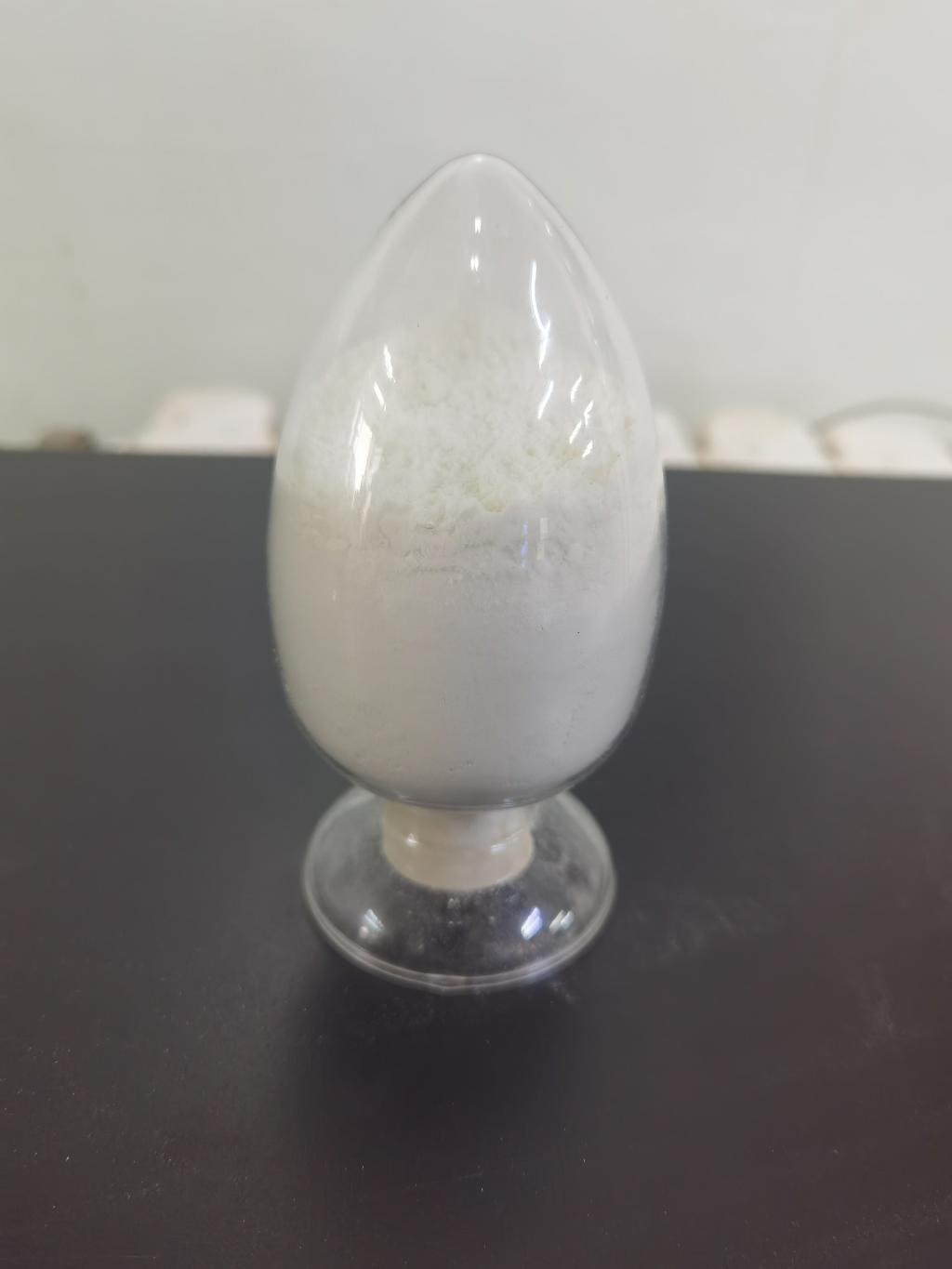Tel:+8618231198596

News
 CONTACT
CONTACT
 CONTACT
CONTACT
- Linkman:Linda Yao
- Tel: +8618231198596
- Email:linda.yao@dcpharma.cn
- Linkman:CHARLES.WANG
- Department:Overseas
- Tel: 0086 0311-85537378 0086 0311-85539701
News
Current Position:
Home >
News
>ε-Polylysine Hydrochloride Synergy with Innovative Culinary Techniques.
ε-Polylysine Hydrochloride Synergy with Innovative Culinary Techniques.
TIME:2023-11-13
I. Understanding ε-Polylysine Hydrochloride:
A Natural Antimicrobial Agent:
Derived from the fermentation of Streptomyces albulus, ε-polylysine is a cationic homopolymer of lysine. Its hydrochloride form boasts antimicrobial properties, making it an appealing ingredient for various culinary applications.
Mechanisms of Action:
The efficacy of ε-polylysine lies in its ability to disrupt microbial cell membranes, rendering it effective against a broad spectrum of bacteria. This unique mechanism makes it an ideal candidate for enhancing food safety without compromising the sensory attributes of dishes.
II. Applications in Culinary Techniques:
Sous Vide Cooking:
Sous vide, a precision cooking technique involving low-temperature water immersion, offers an environment conducive to microbial growth. ε-Polylysine's antimicrobial properties can be harnessed to ensure the safety of sous vide-prepared dishes, providing an additional layer of protection during the cooking process.
Fermentation in Culinary Arts:
Fermentation is a cornerstone of culinary innovation, giving rise to complex flavors and textures. ε-Polylysine's role in inhibiting undesirable microorganisms during fermentation enhances the safety and stability of fermented foods, allowing chefs to experiment with extended fermentation periods and diverse ingredients.
Advanced Culinary Preservation Techniques:
Innovative preservation methods, such as vacuum packing and controlled atmosphere storage, are integral to modern culinary practices. ε-Polylysine, with its biodegradability and compatibility with various storage conditions, can be incorporated into these techniques to extend the shelf life of ingredients and prepared dishes.
III. Elevating Food Safety in Molecular Gastronomy:
Molecular Gastronomy Techniques:
Molecular gastronomy, characterized by the application of scientific principles to culinary arts, presents opportunities for ε-polylysine's integration. From spherification to gelification, its antimicrobial properties can contribute to the safety of avant-garde culinary creations.
Foaming and Emulsification:
Foams and emulsions, fundamental in molecular gastronomy, can benefit from ε-polylysine's stability-enhancing properties. Its compatibility with various textures and structures allows chefs to push the boundaries of culinary creativity without compromising on safety.
IV. Collaboration with Plant-Based Culinary Trends:
Plant-Based Cooking:
The rise of plant-based diets has led to an increased emphasis on plant-based cooking techniques. ε-Polylysine, with its ability to complement plant-based ingredients, contributes to the safety and quality of dishes in the plant-based culinary landscape.
Texturizing Plant Proteins:
As plant proteins are often integral to plant-based dishes, ε-Polylysine's role in texturizing and enhancing the stability of plant proteins can be pivotal. It allows chefs to create meat alternatives and plant-based dishes with improved mouthfeel and extended shelf life.
V. ε-Polylysine's Role in Flavor Enhancement:
Masking Bitterness in Foods:
Certain ingredients, particularly in health-focused cuisines, can be bitter. ε-Polylysine's potential in masking bitterness without altering the overall flavor profile opens avenues for creating palatable and nutritious dishes.
Flavor Stability in Culinary Creations:
The stability of flavors in culinary creations is paramount. ε-Polylysine, as a stabilizing agent, can help maintain the integrity of flavors over time, contributing to the consistency and quality of dishes.
VI. Challenges and Considerations:
Optimizing Concentrations:
Fine-tuning the concentration of ε-polylysine in culinary applications is crucial. Balancing its antimicrobial efficacy with the need to minimize any impact on taste, aroma, and texture requires meticulous experimentation and optimization.
Educating Culinary Professionals:
Successful integration of ε-polylysine in innovative culinary techniques necessitates education and awareness among culinary professionals. Providing information on its natural origin, safety, and potential applications fosters informed decision-making and encourages experimentation.
Global Acceptance and Regulatory Considerations:
While recognized as safe in many regions, ε-polylysine's global acceptance may be subject to varying regulatory standards. Collaborative efforts to harmonize these standards can facilitate its broader adoption in the culinary world.
VII. Future Directions and Culinary Innovation:
Collaborative Research:
Collaborative research initiatives between food scientists, chefs, and ε-polylysine manufacturers can lead to a deeper understanding of its applications in innovative culinary techniques. Exploring new culinary frontiers will push the boundaries of gastronomic creativity.
Cross-Cultural Culinary Applications:
ε-Polylysine's versatility makes it suitable for cross-cultural culinary applications. As chefs from diverse culinary traditions experiment with this ingredient, the potential for cross-cultural innovation and the creation of globally inspired dishes becomes apparent.
Incorporating ε-Polylysine into Culinary Education:
Culinary schools and educational institutions can play a pivotal role in incorporating ε-polylysine into their curricula. By introducing this innovative ingredient to future chefs, the culinary world can witness a new wave of creative and safety-conscious culinary professionals.
VIII. Conclusion:
The synergy between ε-polylysine hydrochloride and innovative culinary techniques holds the promise of transforming the gastronomic landscape. From molecular gastronomy to plant-based cooking, sous vide to advanced preservation methods, ε-polylysine's antimicrobial and stabilizing properties open new possibilities for chefs and food scientists alike. As the culinary world embraces sustainability, safety, and creativity, ε-polylysine stands at the intersection of these ideals, offering a natural and versatile tool to elevate the art and science of cooking. With ongoing research, education, and collaborative efforts, ε-polylysine is poised to become a staple in the toolkit of forward-thinking chefs, shaping the future of culinary innovation.
- Tel:+8618231198596
- Whatsapp:18231198596
- Chat With Skype







